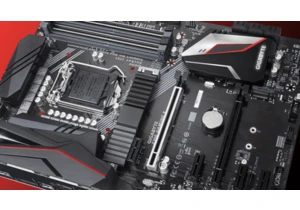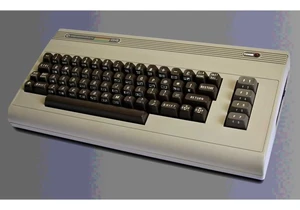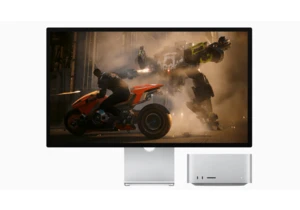At some point, you’ve felt the twinge of anxiety as your laptop’s battery slowly winds down, out of range of a power outlet. Microsoft is testing a new technology to give you a bit more juice — both when you need it and when you think you don’t.
Last week, Microsoft debuted a new “self-healing” PC technology as part of its Windows 11 Release Preview Channel. That technology also is available to test within the far more experimental Canary Channel, which includes another new piece of tech: an adaptive energy saver, noticed by The Verge.
Think of the adaptive energy saver this way: Normally, when your laptop is almost out of power, you’ll notice the screen dim. That’s the emergency warning, so to speak, to find a power outlet pronto. But there are other power-saving methods that Windows is also implementing, such as halting synchronized files, and so on.
The adaptive energy saver can turn on these features whenever Windows thinks that your laptop is sitting idle, or working in a mode that doesn’t require a lot of CPU power. AndroidInfoTech found a small summary of what’s going on, including turning off transparency effects, pausing non-critical updates, and limiting some background applications. What it doesn’t do is dim your screen, so you’ll be able to work longer without the need to squint.
Adaptive energy saver is still far away from debuting in your PC. But even then, you might not be aware of it: It’s opt-in by default, which means that you’ll have to be aware of it and manually toggle it on. One of the features that adaptive energy saver turns off is background syncing to OneDrive, so Microsoft probably believes that saving data in the cloud takes priority over saving a few minutes of laptop power.
Somewhat ironically, today’s latest laptop CPUs from Qualcomm’s Snapdragon processors to Intel’s Core Ultra Series 2 chips (Lunar Lake) all provide power for the better part of a day, so this technology might not be as critical as it once was. But who’s going to turn down extra battery life?
Login to add comment
Other posts in this group

Razer has ushered in a new Thunderbolt 5 generation of external GPUs

The National Institute of Information and Communications Technology (

Crack open your desktop PC for a second. No rush, I’ll wait. Are you

Back in January 1982, we were treated to the launch of the Commodore

If you’re going to go on vacation this summer, at least upgrade your

Logitech’s MX Keys is probably the most-loved non-mechanical, non-gam

